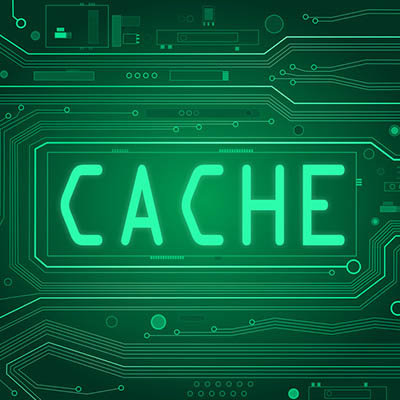
If you hang out around technology professionals for any period of time, chances are that you’ve heard the word “cache” used before. The word, pronounced cash, is usually heard in the phrase, “clear the cache,” but if you don’t know what this phrase means, how can you benefit from it? Since this week’s tech term is “cache,” let’s get into the details.
What is a Cache?
Most words used in computing have meanings outside technology, so it’s natural that cache has appeared elsewhere in language before now. A cache is essentially storage that is hidden away from the general public. Maybe you have a stash of goodies in your desk that are meant for “emergencies,” or perhaps you have a cache of pens hidden away because people keep stealing them from you. Either way, it’s a collection of something that you want to keep out of sight, and it has its uses for computing as well.
A cache can also be a hardware or software function that keeps data stored somewhere hidden away for faster processing in the future. This can be anything from a cache allowing your network’s data to travel faster from point A to point B, to a web browser storing information from certain web pages so that they are loaded faster than they otherwise would be. Simply put, the cache makes computing easier and more efficient–or at least, it’s meant to.
So What Does “Clear the Cache” Mean?
Clearing the cache in a web browser is easy. All it takes is the keyboard shortcut, Ctrl+F5. What this does for your device is that it allows the website to update any information that it has stored in the cache. This includes cookies and other website data that it may have stored. How this comes into play is when a website is updated and its appearance needs to be updated in the cache. If you fail to clear it, you might not be looking at the most up-to-date version of the website. Caches are most effective when they are small, so it helps to clear it once in a while to keep it that way.
Before clearing a network cache, however, you’ll want to first make sure that any drastic changes are handled by a networking professional. COMPANYNAME would be happy to further explain the process of caching and what it means for your business. To learn more, reach out to us at PHONENUMBER.
